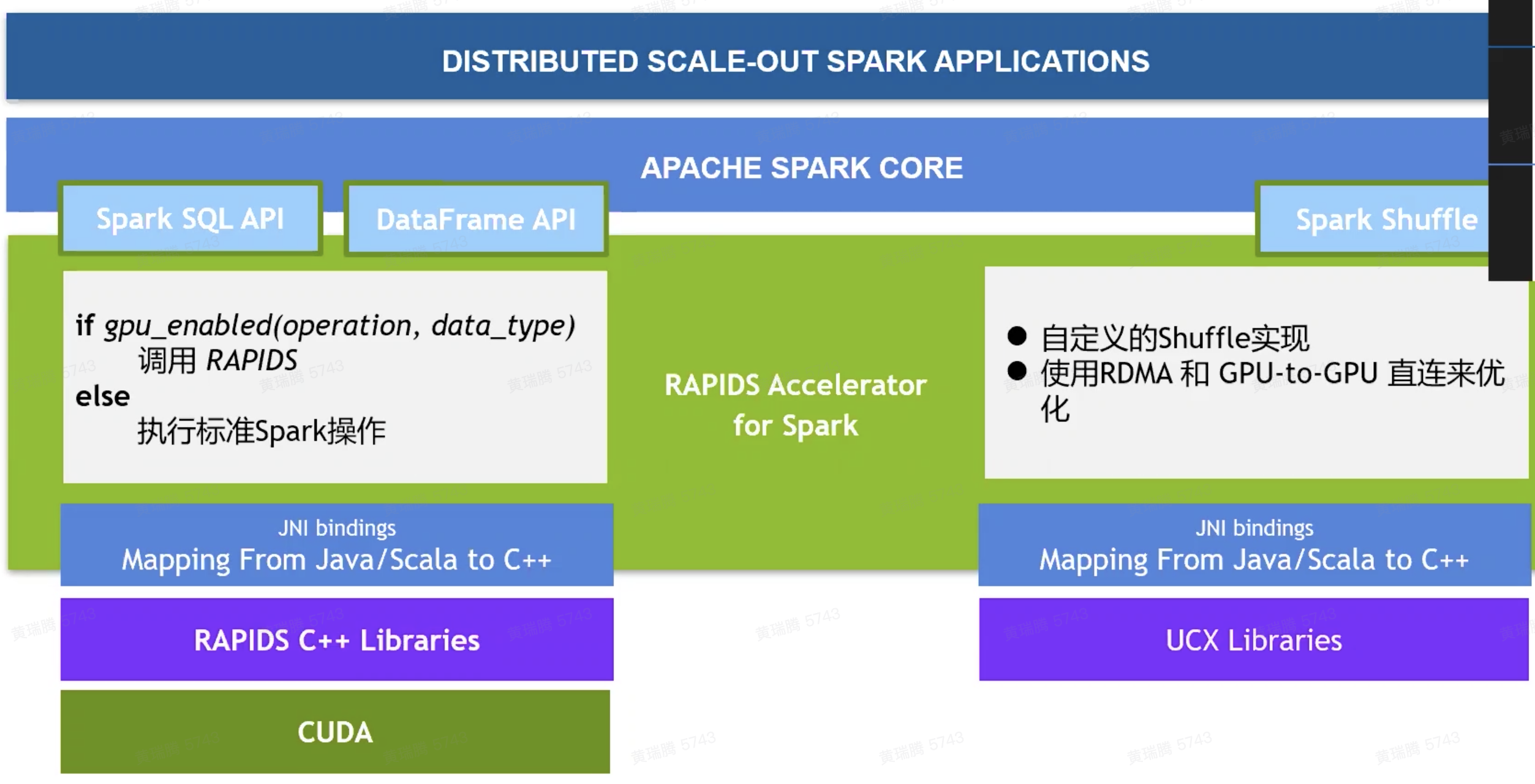Databricks Markdown
A Databricks archive is a JAR file with extra metadata and has the extension.dbc. The notebooks contained in the archive are in an Azure Databricks internal format. Import an archive. Click or to the right of a folder or notebook and select Import. Choose File or URL. Go to or drop a Databricks archive in the dropzone. Databricks.koalas.DataFrame.tomarkdown¶ DataFrame. Tomarkdown ( buf = None, mode = None ) → str ¶ Print Series or DataFrame in Markdown-friendly format. This Markdown cheat sheet provides a quick overview of all the Markdown syntax elements. It can’t cover every edge case, so if you need more information about any of these elements, refer to the reference guides for basic syntax and extended syntax.
Xcode 10.3 download for mac. Released:
A simple commandline application to manage databricks resources.
Project description
A simple commandline application to keep in sync between databricks and your local filesystem. This project uses the databricks workspace api.
Key features:
- List and MkDir commands.
- Download databricks notebooks as HTML, Jupyter, or Source format.
- Upload file from your filesystem (source format) to create/overwrite databricks notebooks.
- Automatically transform markdown files to source!
- Using markdown syntax instead of source is more convenient.
- Use codeblocks to change between languages (e.g.
python,scala,sql,sh). - Integrate local development and execution with databricks notebooks.
Setup
Install via pip:
Or clone the repository and install the commandline application!
- Clone:
git clone https://github.com/rhdzmota/databrickstools-cli - Install:
pip install -e databrickstools-cli
Note: you'll need python 3.6 or greater.
Create the .env file containing your environment variables.
- Create
.envfollowing the example.env.example:cp .env.example .env
- Load the variables into the environment:
export $(cat .env | xargs)
Note: the .env file can be on any place of your machine. The commandline application just needs those variables to be present on the environment.
Test with a simple command:
Use case!
Assume you have a file named exploration.md with the following markdown content:
You could use rmarkdown + reticulate for local development and execution of that report. And then use databrickstools to deploy and transform this markdown file into a databricks notebook!
Usage
The CLI contains groups or commands. A command is a method call that received zero or more arguments. A group contains one or more commands with common functionality.
Available groups:
downloadupload
Top Level Commands
cmd: ls
List the databricks resources for a give path.
Where:
--path (string)
Path to folder inside databricks. Docker group sudo.
Example:
cmd: mkdir
Create a directory on databricks.
Where:
--path (string)
Path to folder inside databricks.
Example:
Group: Download
cmd: file
Download a given file from databricks!
Where:
--from-path (string)

Path to file inside databricks.
--to-path (string) Smc fan control mac el capitan download.
Path in local machine.
--file-format (string)
Format used to download file.Default: DATABRICKSTOOLS_DEFAULT_FORMAT
Example:
cmd: html
Download a notebook as an HTML file.
Where:
--from-path (string)
Path to file inside databricks.
--to-path (string)
Path in local machine.
Example:
cmd: ipynb
Download a notebook as a Jupyter file. Only works for python-based notebooks.
Where:
--from-path (string)
Path to file inside databricks.
--to-path (string)
Path in local machine.
Example:
Databricks Markdown
cmd: source

Download a notebook as a source file. This can be either a .py file for Python or a .sc file for Scala.
Where:
--from-path (string)
Path to file inside databricks.
--to-path (string)
Path in local machine.
Example:
Group: Upload
cmd: markdown
Upload a markdown file to databricks as a notebook.
Where:
--from-path (string)
Path to file.md in your local machine.
--to-path (string)
Path to notebook on databricks.
--base-language (string)
Databricks Markdown Hyperlink
The markdown might contain multiple languages, but we'll need to define (or know) the base language of the notebook. If not present, the CLI will try to infer the base language by looking into the file-ending or fallback to: DATABRICKSTOOLS_DEFAULT_LANGUAGE.
--overwrite (flag)
If present, the new file will overwrite the current one on databricks.
Example:
cmd: source
Same as markdown but with the SOURCE format.
Recommendations
To get the most out of markdown please consider taking a look into:
Release historyRelease notifications | RSS feed
0.3.2
0.3.1
0.3.0
0.2.0
0.1.3
0.1.2
0.1.1
0.1.0
Download files
Download the file for your platform. If you're not sure which to choose, learn more about installing packages.
| Filename, size | File type | Python version | Upload date | Hashes |
|---|---|---|---|---|
| Filename, size databrickstools-0.3.2.tar.gz (10.6 kB) | File type Source | Python version None | Upload date | Hashes |
Hashes for databrickstools-0.3.2.tar.gz
Databricks Markdown Table Of Contents
| Algorithm | Hash digest |
|---|---|
| SHA256 | b70aedf9a1a59bbdee7e097a46a601dada4ea5db67a4f576ac95c6df16acc370 |
| MD5 | 534c4d518ca41f11e21fb10684812479 |
| BLAKE2-256 | 95163caf8cdbab091f96925719aa22021c57d91e657fa771501cb16bdc9bbc26 |
